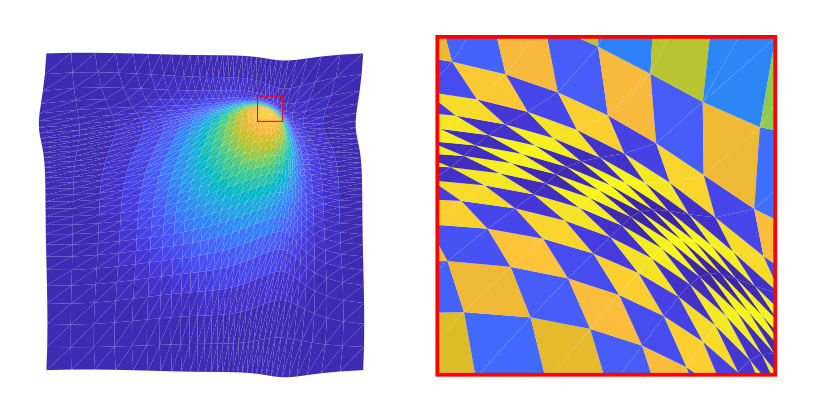Dr Elliott Wise
I'm a London-based data engineering consultant, currently working for Gutteridge, Haskins & Davey (GHD) to improve the UK's national infrastructure. I'm passionate about exploring the frontiers of mathematics, modelling, and simulation, and proud of my history tackling difficult challenges in science and engineering.
More ultrasound: Improving numerical methods for simulation
After my time at the Commonwealth Scientific and Industrial Research Organisation, I packed my bags and left Australia to take up a PhD at University College London within the Medical Physics department. Here I rekindled my interest in ultrasound and continued on from the research I undertook as an undergraduate.
Adapting computational meshes to shock waves
Shock waves form when high-power sound waves propagate. A well-known example is a sonic boom, caused by aircraft travelling faster than the speed of sound in air. A lesser-known example is in medicine, where high-power ultrasonic waves are used to destroy unhealthy tissue. At the front of a shock wave, the acoustic pressure varies by a large amount over very little space. This is difficult to simulate, as the resolution of the simulation needs to be extremely high over this region. In this project, I developed tools for optimally determining an appropriate distribution of resolution, given limited computational resources. This was based on the local bandwidth of the wave-field, that is on the range of frequencies present at a given point in space.

Embedding sources in ultrasound simulations
To simulate ultrasound waves, regular computational grids are often used. This is effectively like storing an video as pixels, with each pixel giving the acoustic field at a given point in space and time. However, acoustic sources often don’t lend themselves well to pixellation. For instance, the edges of a bowl-shaped transducer become staircased when represented on a grid. To combat this, I developed a technique for accurately representing a single point source at a location that is not aligned with the grid. This works by spreading the point source across many nearby pixels in an optimal manner. Arbitrary source distributions can then be accurately represented as collections of off-grid point sources.
